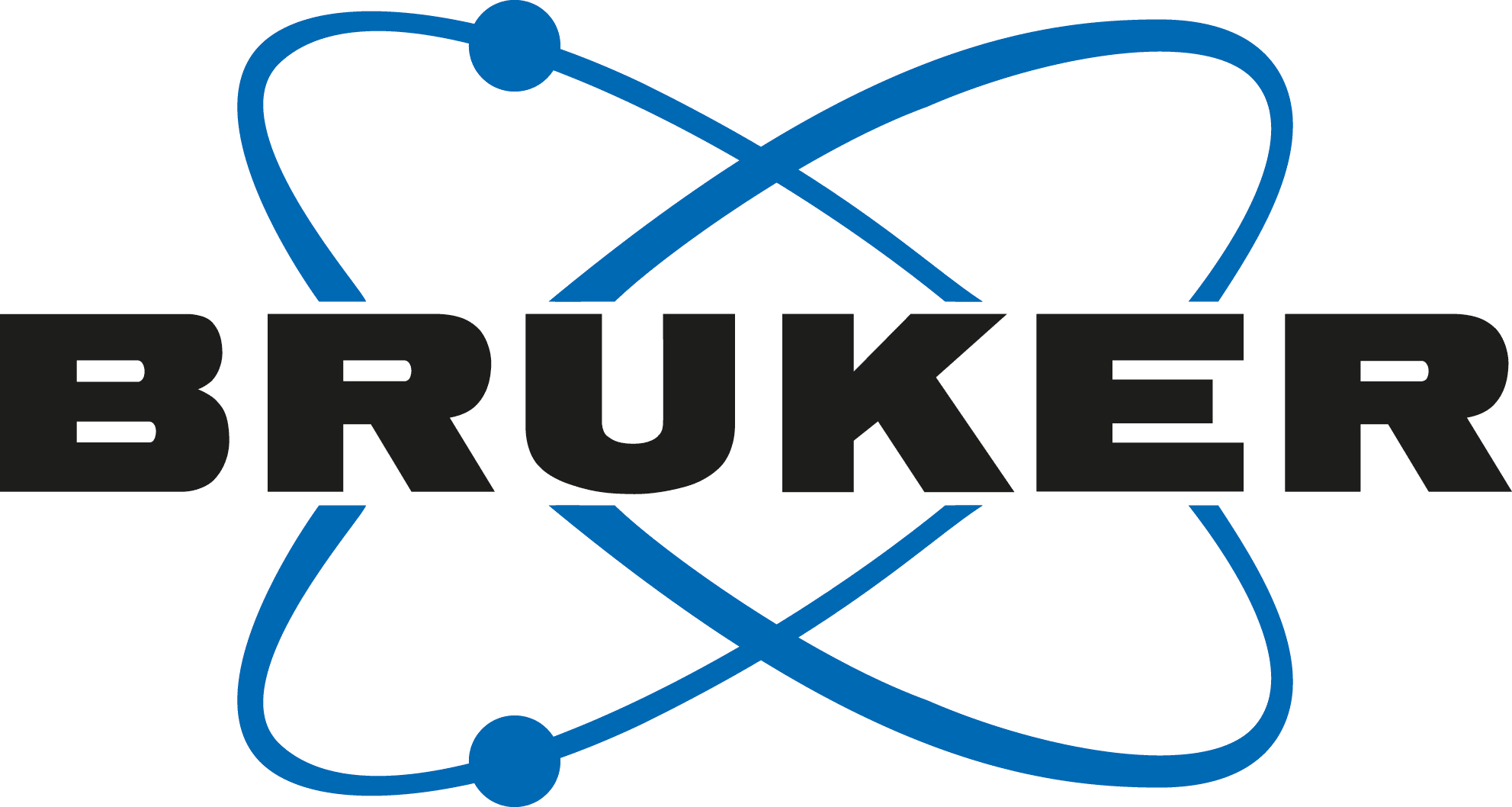We investigated the reproducibility of CCS values for intra- and inter-lab measurements. Furthermore, we compared the measured CCS values to those from literature, and we applied these to a sample comparison. From the present results, we conclude that CCS values serve as an excellent additional filter for metabolite annotation.
Experimental
Sample preparation
Urine (Bremen): A sample was collected from a volunteer. The sample was centrifugated (20817 g for 10 min at 4°C) and filtered (0.22 µm sterile syringe filters with MCE membrane SLGS033SS from EMD Millipore).
NovaMT sample: Hydrophilized urine (www.novaMT.com, TRX-3178-R) was dissolved in 200 µl LC-MS grade water, vortexed and centrifugated (20817 g for 15 min at 4°C). After adding 250 µl methanol the sample was vortexed and centrifugated (20817 g for 5 min at 4°C). 600 µl LC solvent A was added to the supernatant.
Retention time standard (TRX2101, NovaMT) prepared according to protocol from NovaMT.
Data acquisition
See Table 1.
Data processing
Data were processed in MetaboScape® 2021 (preliminary version), resulting in a table of features, so called buckets. An Analyte List was created combining the retention times from the T-ReX LCQTOF solution (https://www.bruker.com/products/mass-spectrometry-andseparations/ms-software/metabolomicssolution.html), CCS values from the Unified CCS Compendium (https://mcleanresearchgroup.shinyapps.io/CCS-Compendium/) and fragment spectra from the Bruker HMDB Metabolite Library 2.0 and the Bruker MetaboBASE® Personal Library 3.0 (https://www.bruker.com/products/mass-spectrometry-and-separations/ms-software/metabolomics-spectrallibraries/overview.html). For each system the retention times were checked and corrected using a retention time standard. Using MetaboScape, features in the bucket table were putatively annotated based on an Analyte List of known compounds.





